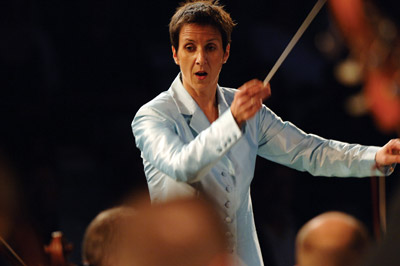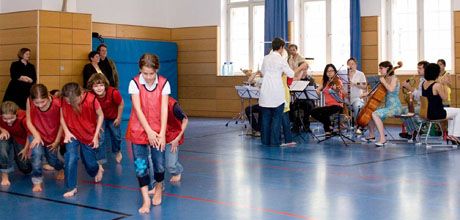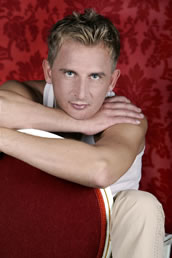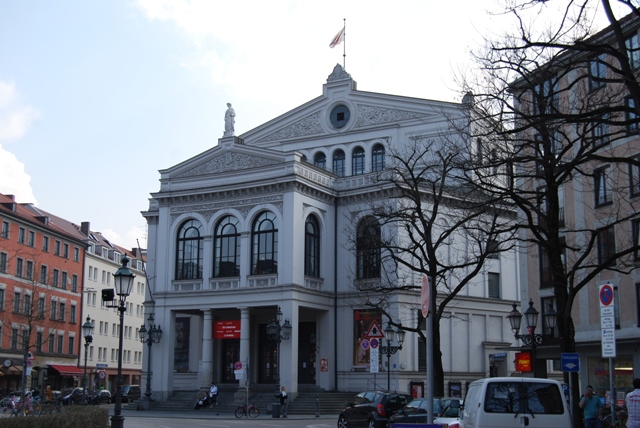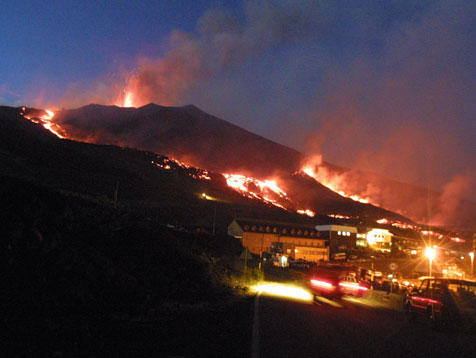
Category: Symphonic / Orchestral , Chamber Music
Movements: 1: Earth
2: Watter
3: Wind
4: Fire
Duration: 9-10 minutes
Instrumentation: Flute (also piccolo)
Clarinet B (also bass clarinet)
Horn F
Percussion (vibraphone, glockenspiel, large drum, 3 wood blocks, metal chimes, 3 tom toms, several triangles, small cymbal, hi-hat)
Violin
Viola
Cello
The piece can be played by a septet or by a chamber orchestra with 6 violins, 4 violas, 4 cellos and double bass.
Introduction: The model of the four elements as the building material of the world was brought about by the Greek philosophers in the 5th century before Christ. The four elements were assigned to the various character types of people. Each element has its own characteristics and associations. A Munich dance theatre school project expressed the elements as follows:
1: EARTH is a ritualistic, ethnic dance, grounded and full of dark colours.
2: WATER is a quite and flowing dance in 6/8 time and 9/8 time.
3: WIND opens amd closes with a floating feeling while the middle section is a light waltz.
4: FIRE ist a hasty, boistrous finale to be played with 1/4 = 160.
Dedication: Dedicated to the composer and conductor Konstantia Gourzi.
Additional remarks: Musical involvement by dancers/children
The score contains a system of clapping, stamping, whooshing so that the children are all actively involved.
1) EARTH: Contains clapping and stamping.
2) WATER: Paper is torn quietly in order to imitate the sounds of water.
3) WIND: Contains clapping and "sh" sounds
4) FIRE: The claps should be loud, rhythmic and full of energy.
World premiere: 07.05.2009, Gärtnerplatz-Theater München
Performers at world premiere: Dance theatre - primary school project with the choreographer Henning Paar / Gärtnerplatz - Theater Munich.
Played by Ensemble 21, conducted by Konstantia Gourzi
